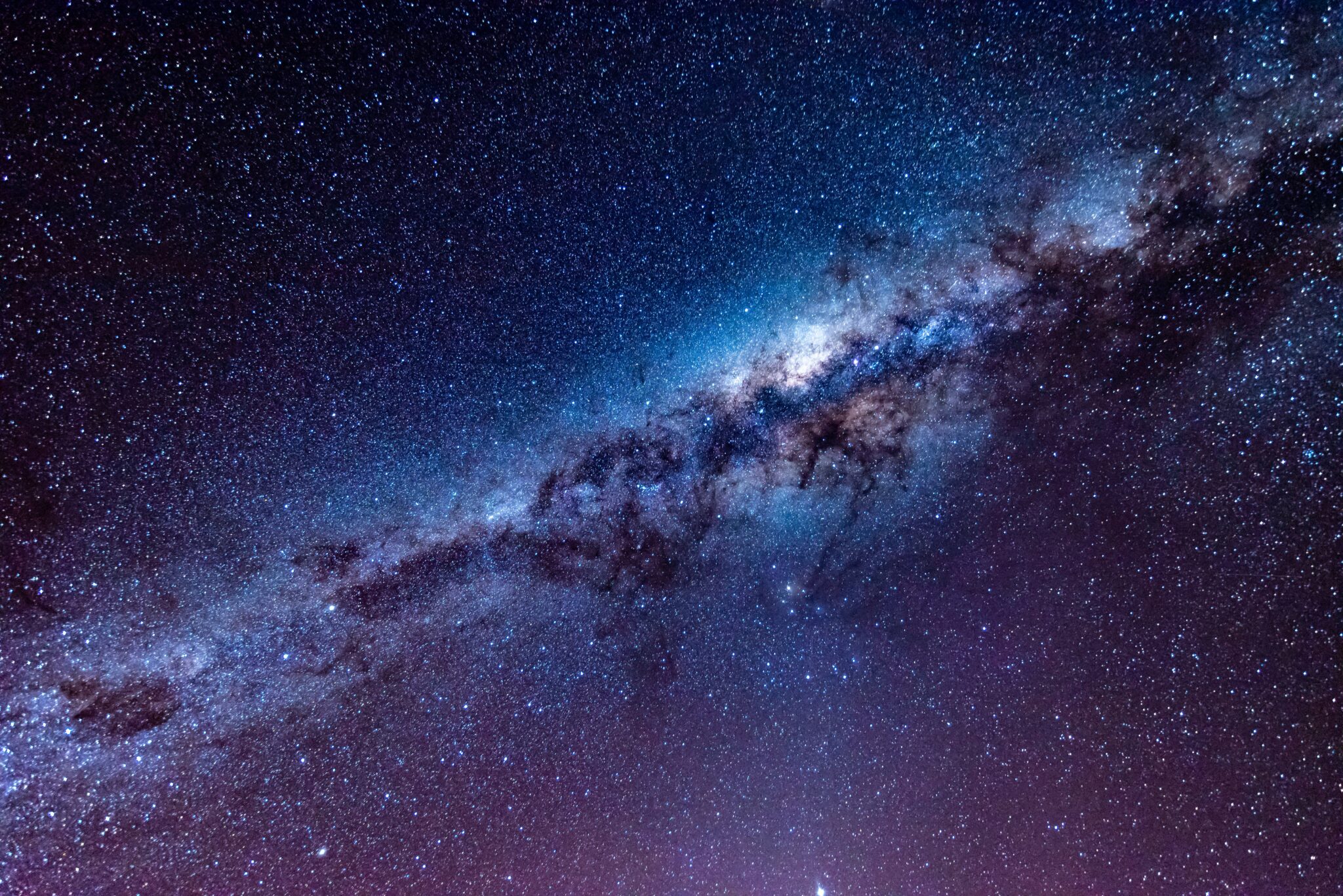A new study from the James Webb Space Telescope offers a new perspective on the expansion of the Universe. Scientists have discovered that the local Universe is moving away from us at a rate of about 70 km/s per megaparsec. This value may help resolve a long-standing contradiction between different measurements of the expansion rate of the Universe, known as the Hubble tension — one of the biggest problems in modern cosmology.

Further studies will be needed to confirm this result, but using three different types of stars gives hope for a more accurate determination of the expansion rate. A study published in The Astrophysical Journal suggests that the standard cosmological model describing the evolution of the universe still remains correct.
The Universe is expanding at an acceleration that is determined by the Hubble constant. This value can be calculated from various observations. Data from the early Universe, such as the cosmic microwave background and baryon acoustic oscillations, suggest an expansion rate of about 67.4 km/s per megaparsec. In contrast, signals from closer objects, such as Cepheid variable stars and Type Ia supernovae, show a different value of about 74 km/s per megaparsec.
Although both methods have uncertainties, scientists strive to determine the exact rate of expansion. Astronomer Wendy Freedman of the University of Chicago has been working for years to measure the Hubble constant using TRGB stars, the top of a branch of red giants that are accurate distance indicators.
Freedman’s team used the James Webb telescope to measure TRGB stars, Cepheid-type variable stars, and a new type of “standard candles” – giant, carbon-rich luminaries. The results show that TRGB stars give a value of 69.85 km/s/Mpc, carbon stars give a value of 67.96 km/s/Mpc, and Cepheid variables give a value of 72.05 km/s/Mpc, confirming their mutual consistency.
These new data show promise for resolving the Hubble tension, but many questions remain. New measurements will continue to be made that may confirm or refute these results. It is possible that we may stumble upon new discoveries in astrophysics along the way.
According to ScienceAlert


